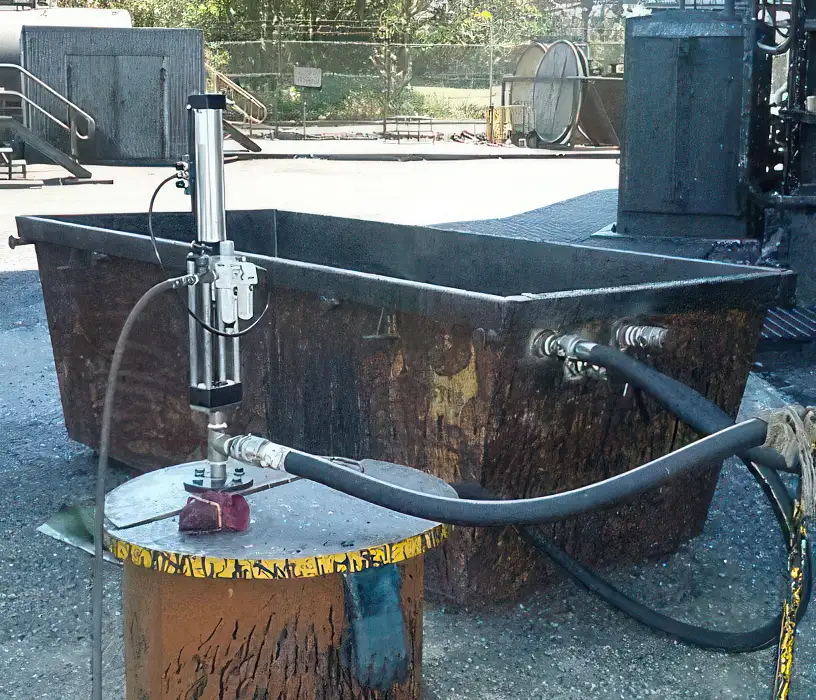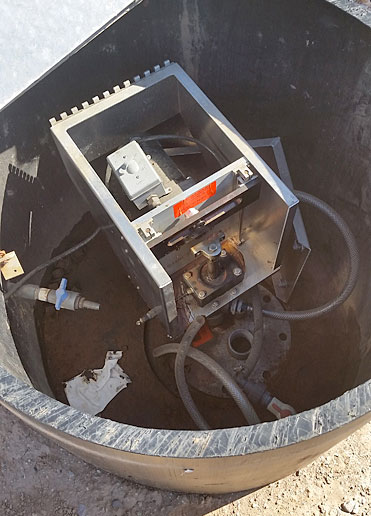New-model Anchor Electric pump boosts hydrocarbon-removal 17% at old MW chemical plant
Blackhawk Technology’s latest-generation Anchor Electric Piston Pump®, installed to remove toxic hydrocarbons at a former industrial chemical-processing plant in the Midwest, has improved flow rates there by more than 17 percent, according to the project manager.
The new Anchor replaces a sturdy, older Blackhawk electric unit that had been serving for more than 10 years at the site. And although pleased with the long-term results of the older pump, the manager decided to upgrade.



